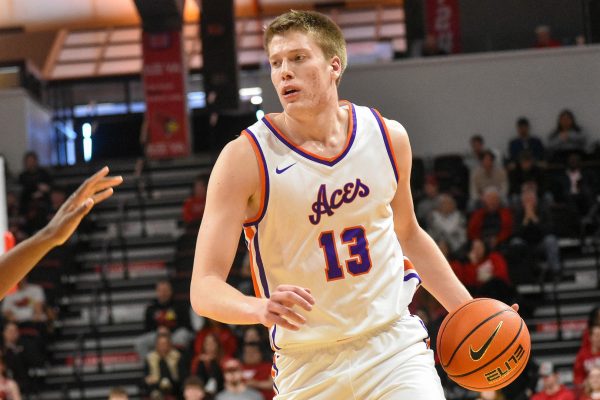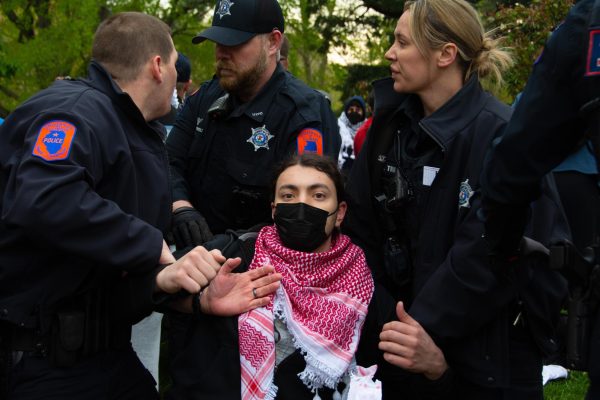Sousa Center lauds variety of forms of American musical forms
October 31, 2005
In celebration of November as American Music Month, the Sousa Center for American Music hopes to show that “music is very active, although it’s hard to see that when you walk on campus and everybody’s plugged in and tuned out … I’d like to see more people make music,” Sousa archivist Scott Schwartz said.
To accomplish this goal, a number of concerts, lectures, and exhibitions will be held throughout November about American music, in all its forms.
At the center of the festivities is a fiddle concert at the Virginia Theatre on Nov. 13, entitled “Granny’s Porch: Fiddling America’s Tale.” The concert will be open to all violinists, violists and cellists between the ages of six and 18 from Champaign, Douglas, Edgar, Ford, McLean, Piatt and Vermillion Counties.
“One of the things, which I think is absolutely critical, is getting public schools and children involved in music,” Schwartz said. “The arts always seem to suffer when the government cuts the budget and kids, from a musical point of view, seem to suffer.”
Following a number of local fiddle bands, all the contestants will get on the stage with their instruments and start a “giant jam session,” Schwartz said. “If we do this right, we’ll come close to breaking the Guinness Record.”
Get The Daily Illini in your inbox!
The impetus for the non-traditional concert is the belief that music is a community event, not something staged.
“If you want to play, you should have an opportunity to do it – to get involved,” Schwartz said.
Another part of music month is letting the public know what the Sousa Archives contains.
“Why do we collect these wonderful things and not bring them to public?” Adriana Cuervo, a staff member at the archives, said.
Cuervo put together an exhibit celebrating the University’s role in the development of electronic music entitled “Dueling Transistors: Beginnings of Electronic Music at the University of Illinois” that will be on display beginning Nov. 1 in the Marshall Gallery of the Main Library.
Long before the Beatles’ experimentation, in 1957 “the first electronic piece in the United States was developed here,” Cuervo said.
The exhibit will display scores, photographs, original contraptions and more to illuminate the University’s role in the development of this pervasive musical form.
“A landmark in the history of electronic music,” according to Cuervo, was a five-hour concert held at Assembly Hall in the 1960’s, featuring electronically created sounds and images.
According to graduate student Mary Miller, there are three types of people that walk into the Sousa Archives: musicians with a very technical knowledge, people who enjoy music in the context of American history and “people who just wander in, they don’t know why they came,” Miller said.
The archives exist for all three types of people.
Miller helped develop an exhibit celebrating Paul Zonn housed at the Sousa Center that she hopes will appeal to everyone.
Zonn’s experimental notation will appeal to a technical audience, while his enthusiasm for music will “appeal to a lot of different types of people,” Miller said.
“I consider him a Renaissance man – he was equally comfortable doing jazz, playing in a mandolin group, picking up a fiddle or playing in a symphony,” Schwartz said.
“We really want to give the community a good idea of what we have and welcome the community into the archives,” Miller said.
On Nov. 17, University of Illinois Concert Bands IIA and IIB, will give a concert called “Life Long Learning through the Musical Arts” at the Krannert Center for the Performing Arts.
“A big chunk of the music is coming from Midwest American composers,” Schwartz said.
In keeping with the theme that American music is for everyone, the bands are composed of and directed by students.
“Just because you aren’t a music major, doesn’t mean you can’t form your own band and play,” Schwartz said. “Quite frankly, if your instrument was the kazoo and you played in a klezmer group, that would be great. You’re out there making music and you’re interacting with other musicians. That’s life.”






